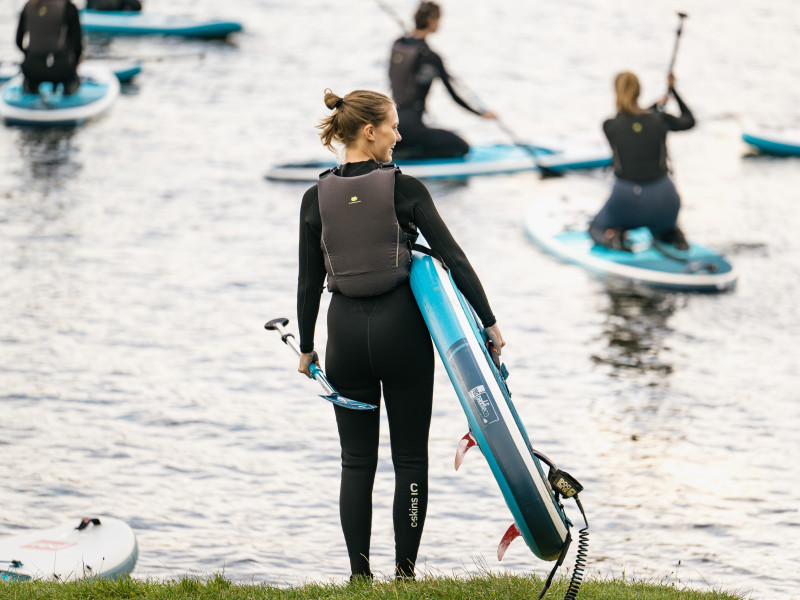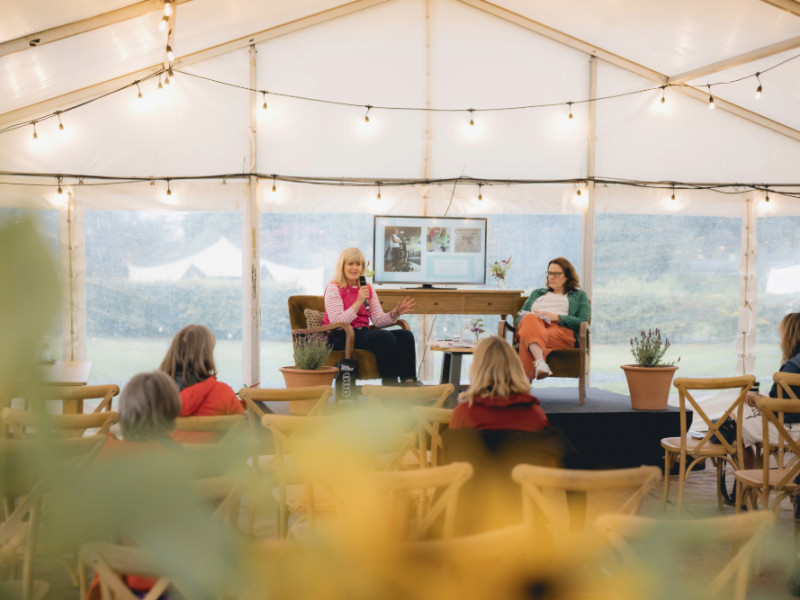Welcoming wildlife in spring
Heather Devey is Co-Director of Wild Intrigue CIC, a social enterprise rooted in northern England, run by a passionate team of naturalists hosting wildlife experiences across northern England and operating a collection of wildlife photography hides at RSPB Haweswater.
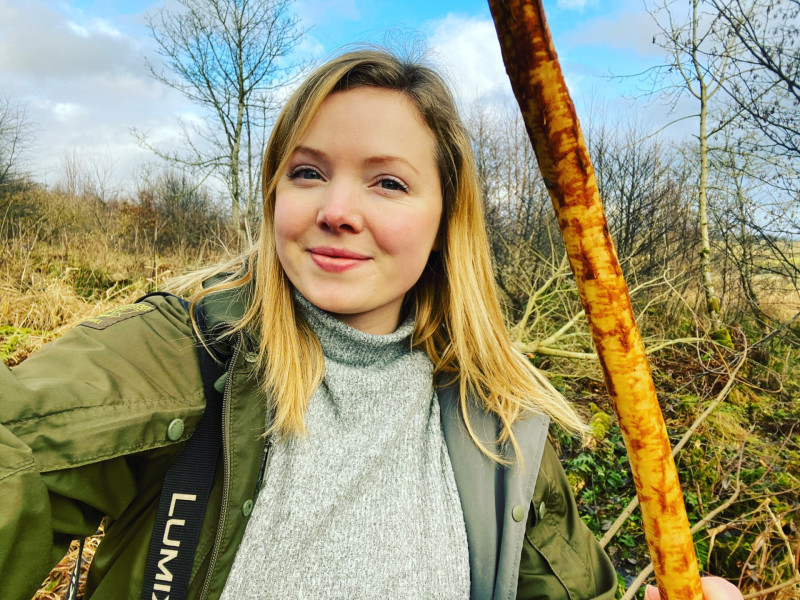
The blending of winter into spring is one of our most intriguing seasonal transformations. With the final, lingering, winter-migrant birds leaving our shores, spectacular Starling murmurations dissipating, and the window for dark sky gazing drawing closer – the sights, sounds and even scents of the landscape change. There is an exquisite beauty and serenity hidden in wild Lake District winters.
Yet with each sunrise through early spring, the dawn chorus symphony enriches, and warmer days encourage the scent of blossom to fill the air – it is time to let winter slumber once again and welcome the bounty of spring.
With a curiosity in nature, we can discover the delightful, exciting and fascinating natural world around us. As it happens, there are some exceptional, almost secretive signs of spring – alongside the more well-known features.
As we await leaves to unfurl on deciduous trees, softening our valleys and – increasingly – many hillsides in spectacular shades of green, other wonders are emerging and hanging from their branches. Before they are in leaf, many trees have the most incredible floral displays.
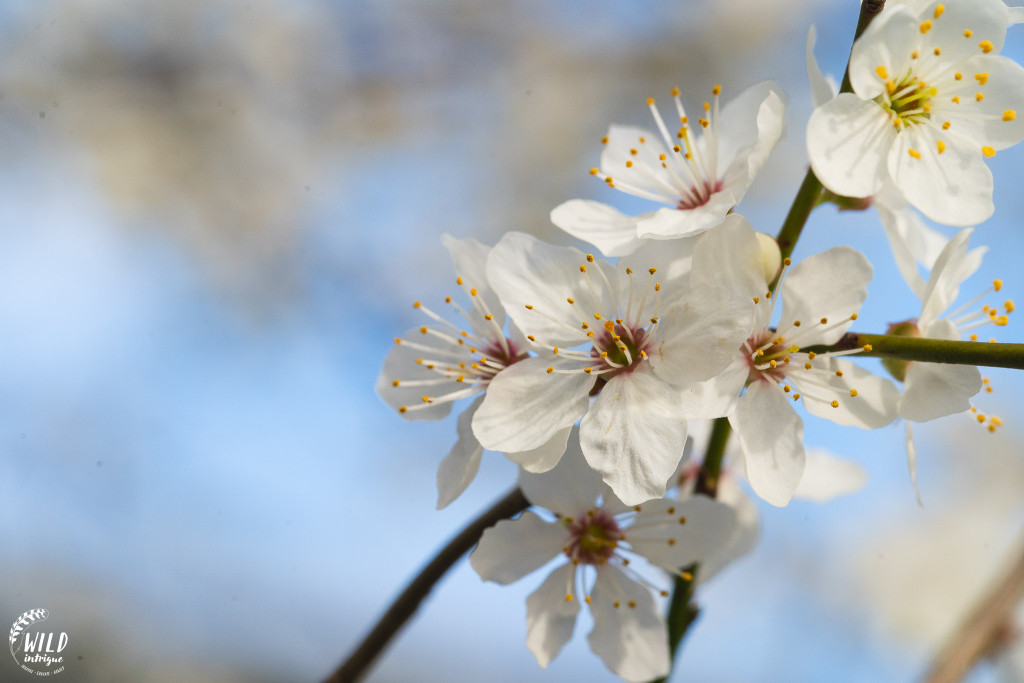
You might detect the clouds of white blossom on trees – attracted, as our pollinators are, either by scent or sight. Blossom is a true tell-tale sign of early spring, but which blossom is which? There are many species which produce such intricate, tiny flowers, though some of the most commonly encountered in early spring include Cherry Plum and Blackthorn. The secret to identifying these trees lie behind each tiny, delicate flower. A non-native species originating from South-East Europe, Cherry Plum has long grown in our soil, particularly in our gardens and estates. Meanwhile, Blackthorn is a staple ingredient of our scrubland habitats – providing shelter and protection for developing trees, and vital nesting habitat for birds such as Long-tailed Tits.
Look behind the blossom, and you will see green ‘sepals’ at the head of each flower – this is where the secret in identifying the species hides. If the sepals fold backward toward the stem, the tree is a Cherry Plum. If the sepals enclose the bottom of the petals, you have discovered a Blackthorn.
The downy, hanging catkins of Willow and Hazel are also a spectacular sight, best appreciated with close exploration. These male, flowering spikes enable trees to be pollinated by the wind – you can see the bright yellow pigments of pollen on closer inspection, a great attraction to early foraging bees and other invertebrates.
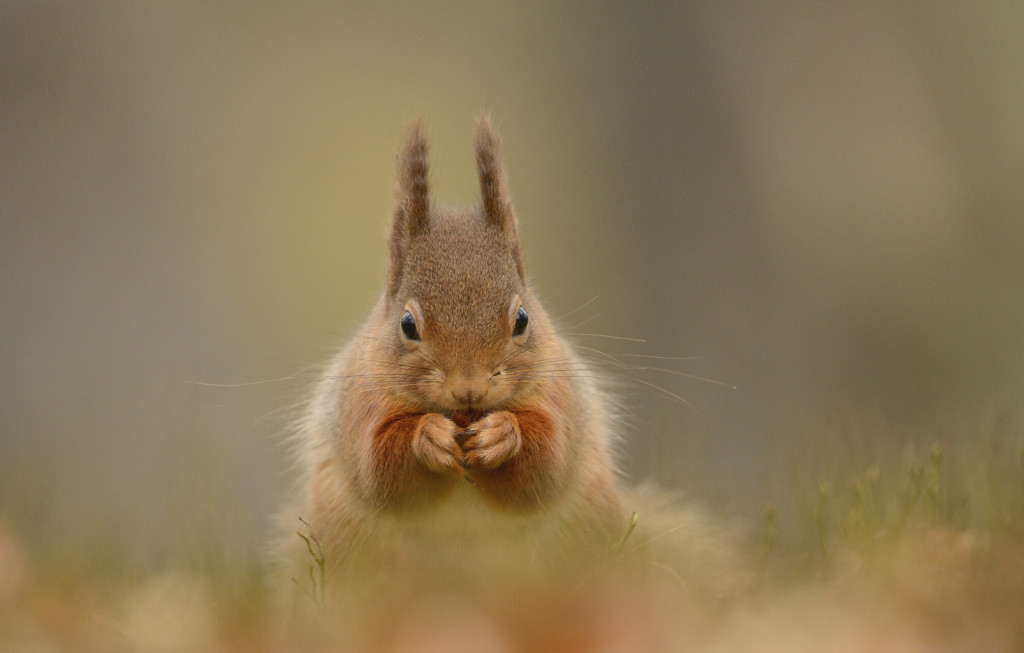
Whilst undertaking your blossom investigation, or even while enjoying your morning coffee, you may notice that the seasonal soundscape has shifted. As days lengthen and temperatures increase, bird-song adapts in both melody and vigor. This serenading is the combination of courtship songs from different species, each with their own rhythm, pitch and melody – and it is, quite literally, music to our ears! In the early hours, when the air is thin and sound can be more easily amplified, the spectacular dawn chorus is best enjoyed, which builds throughout spring into mid-May.
Joining the dawn chorus each year are a collection of visiting ‘international musicians’ – who join us each spring for the nesting season. In the Lake District, Wheatear are an early spring migrant, with males embarking on nocturnal migration to arrive first and establish territories. Still, spring days offer perfect conditions for a spot of fell walking – so listen out for the Wheatear on the upland rocky pastures between Ullswater and Haweswater.
Soon after, Pied Flycatchers arrive – the males a pristine black and white plumage, with females sporting a buff taupe. These birds and their melodic, melancholic songs are a favourite of the Wild Intrigue team, and we enjoy time in their company when undertaking our Pied Flycatcher nest record scheme at RSPB Haweswater, alongside our photography hides. If you struggle to identify birdsong, you are certainly not alone – and rest assured, during the spring months there are many songs to distinguish! However there is another springtime arrival, some individuals of which silently spend the winter with us, which you are sure to become accustomed to.
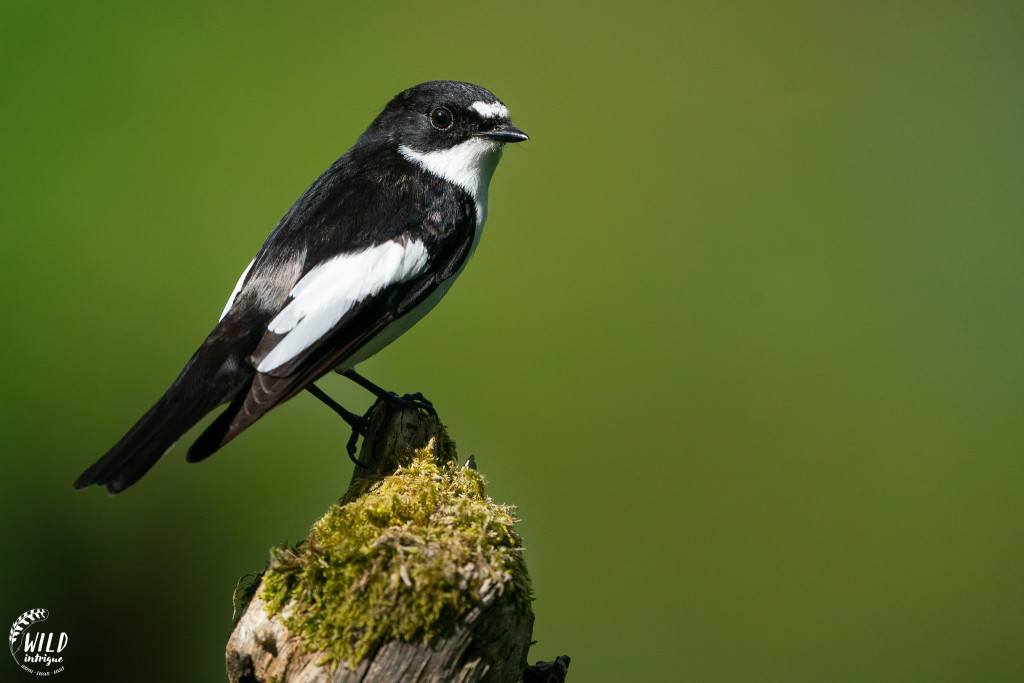
For this bird signs it’s own name – it is the olive-brown, onomatopoeically named warbler, the Chiffchaff. With a two-toned song that packs a punch, their “Chiff…chaff…chiff…chaff…chiff!” is often heard from within woodland canopies.
Just as bird activity increases, alongside much of our other wildlife, mammals are on the move as many provide for young – or prepare for the imminent arrival of new-borns. Red Squirrels are busily raising their families in snug, moss-laden dreys, with kittens learning from mum how to manipulate their bushy tails and feet to manoeuvre through the trees – a sight you may be lucky enough to see in woodlands edging Ullswater, and in the ancient Atlantic Oakwood of Haweswater.
As the sun starts to dip below the horizon, look out for a curious creature displaying figure-of-eight flight above your head. After a winter in hibernation, bats are beginning to wake – and after spending up to 6 months without food – they’re hungry and on the hunt! All 17 of our British breeding bats are insectivores, using their sixth-sense of echolocation to track, hunt and outsmart their nocturnal prey; from moths to midges and beetles. Common and Soprano Pipistrelles – nicknamed “Giddy flitter-mice with leathery wings” by William Shakespeare, tend to be the most commonly spotted.
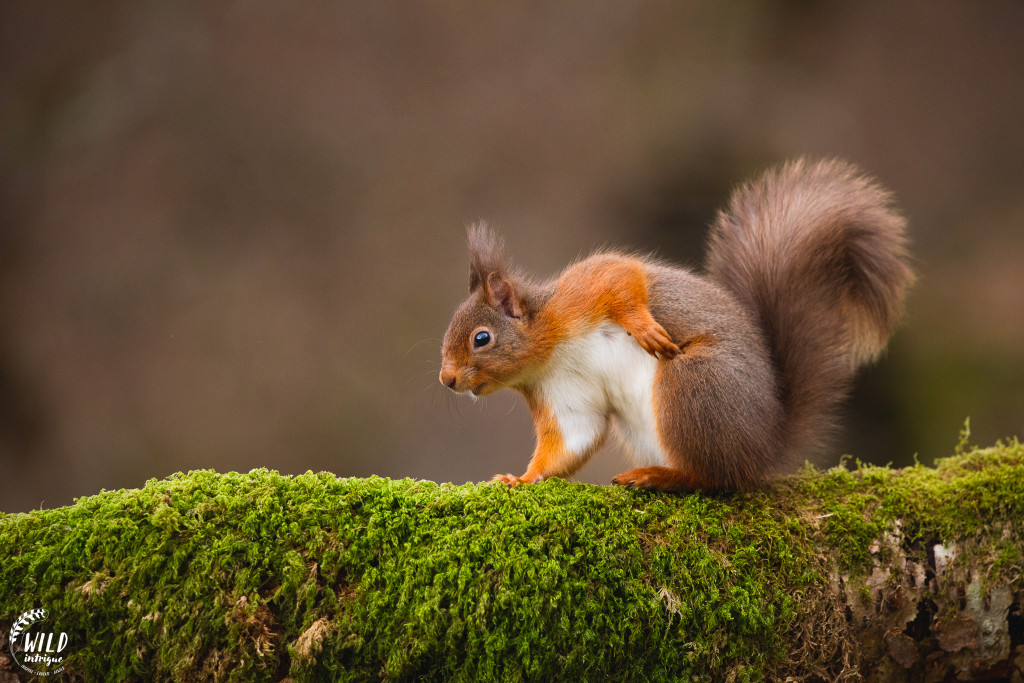
To find out more about booking full day or half day hire in the Woodland Wildlife Hide or Pied Flycatcher Hides, or joining an enchanting Afternoon Tea in the Woodland Hide, visit www.wildintrigue.co.uk.

